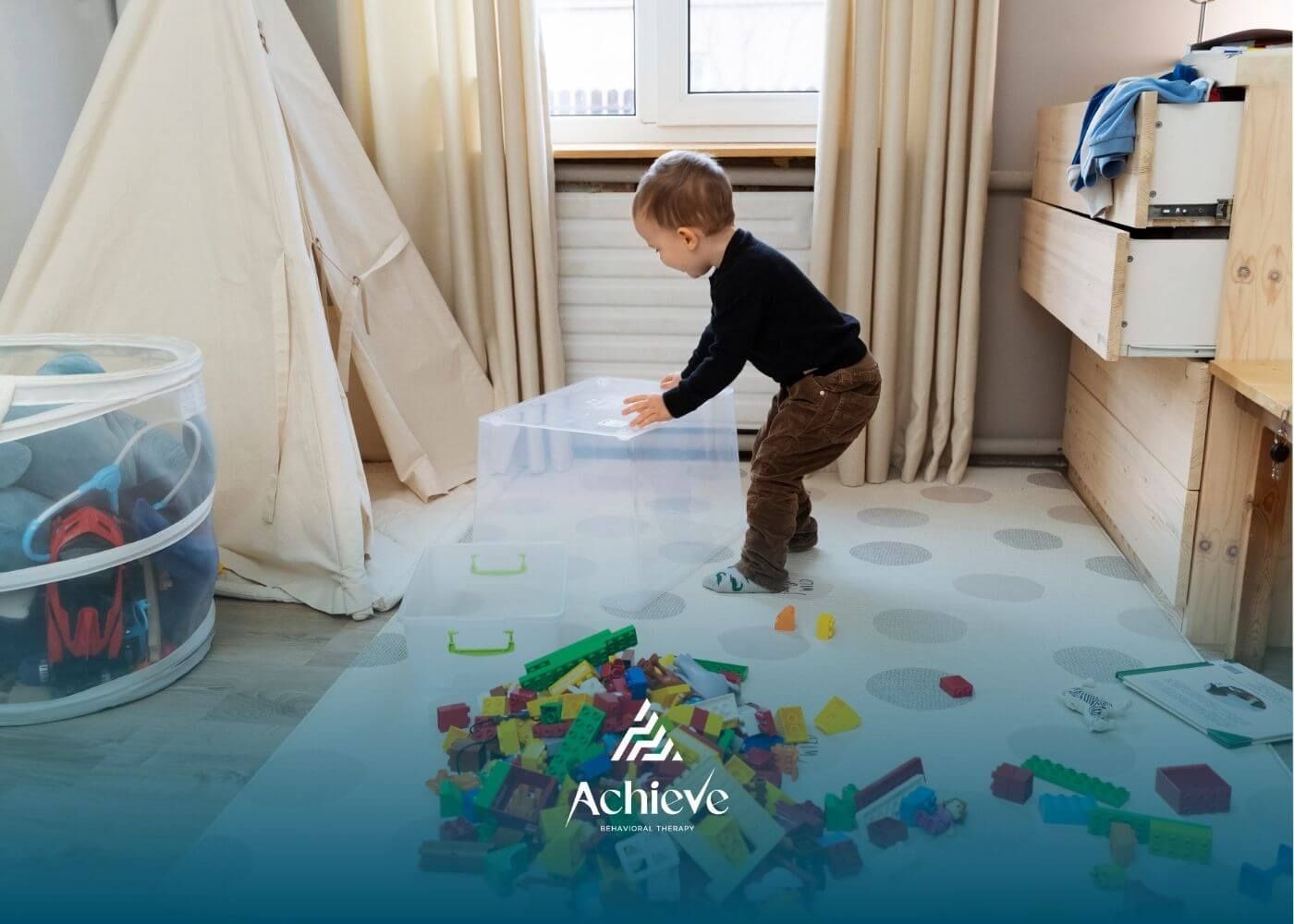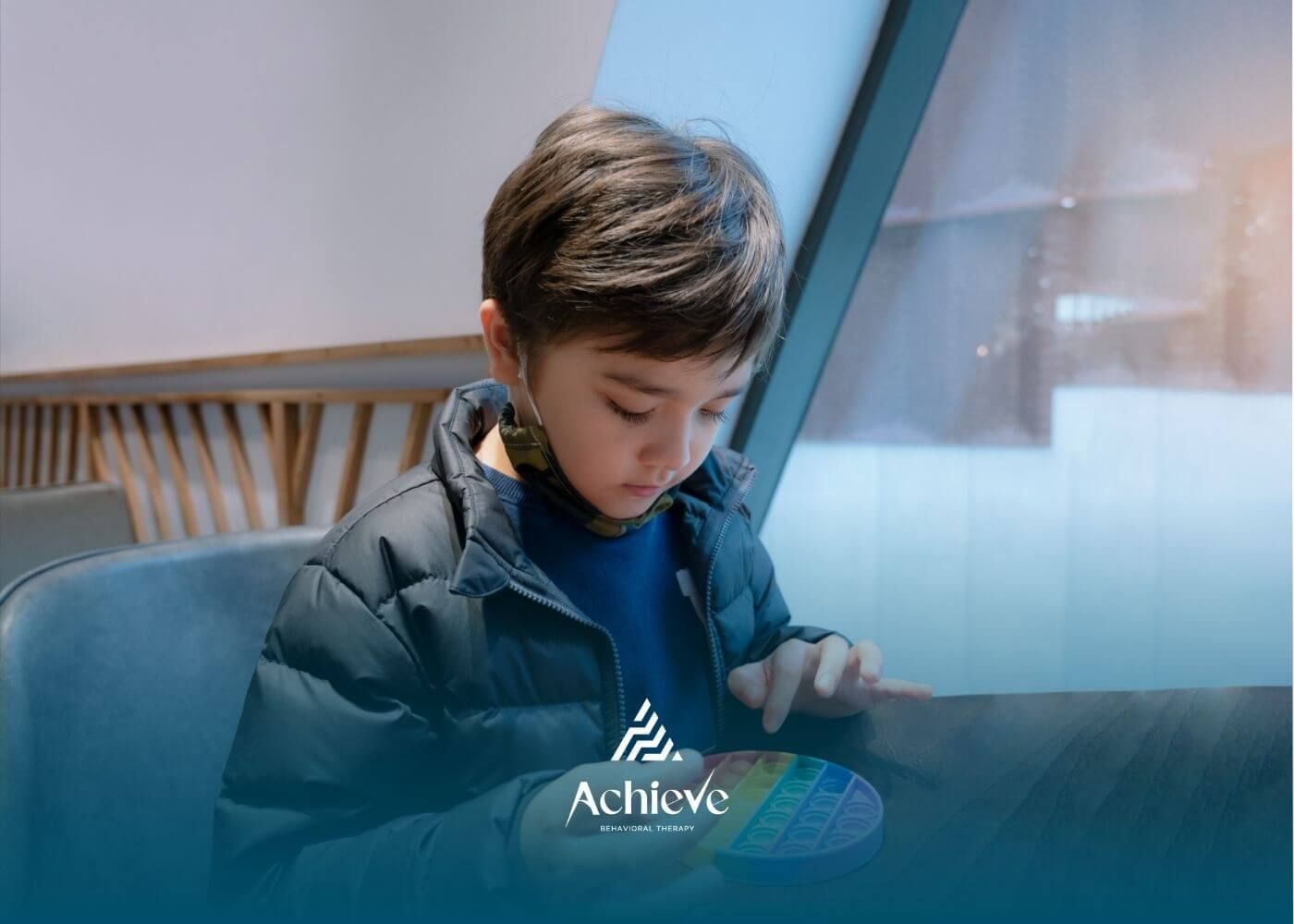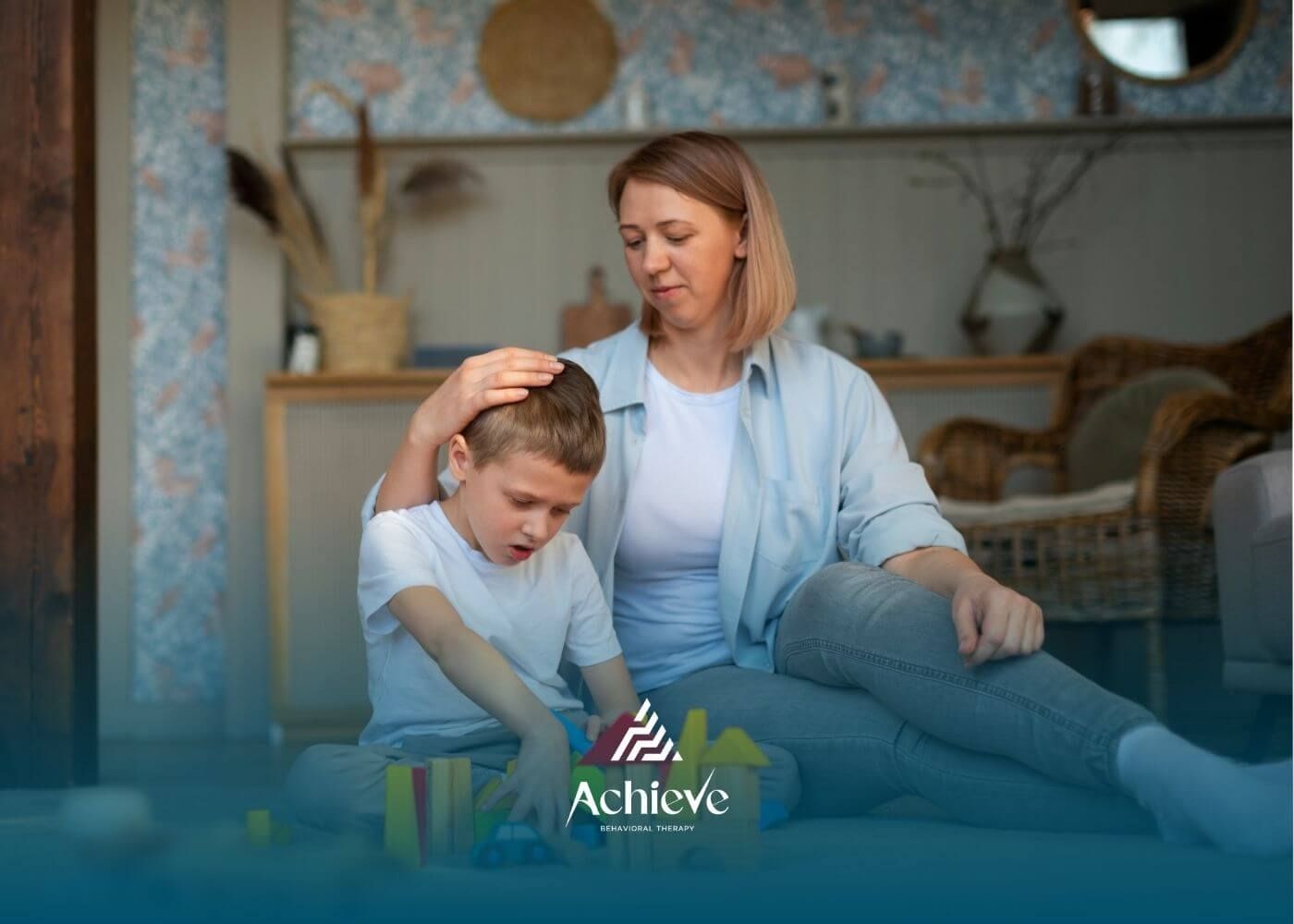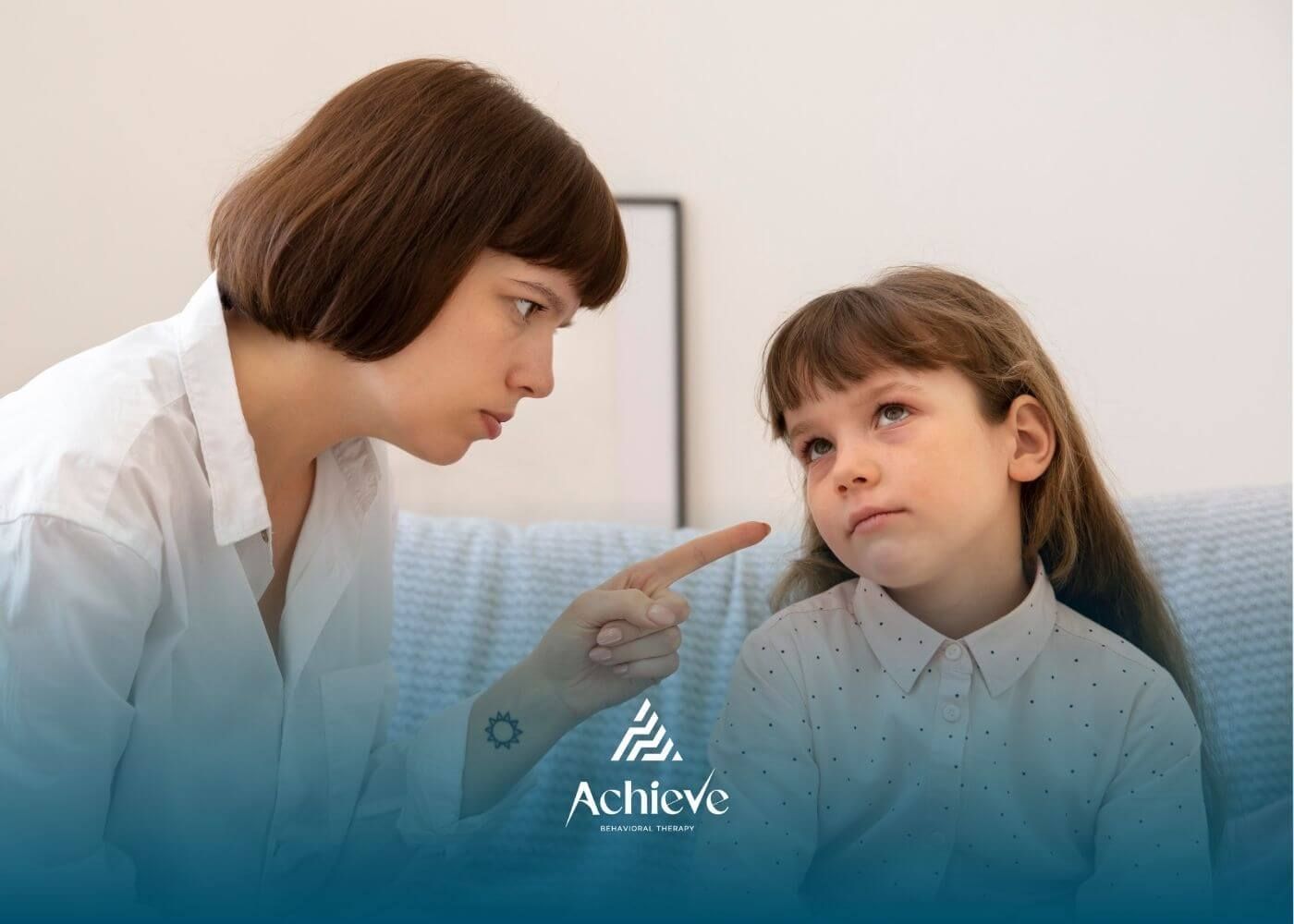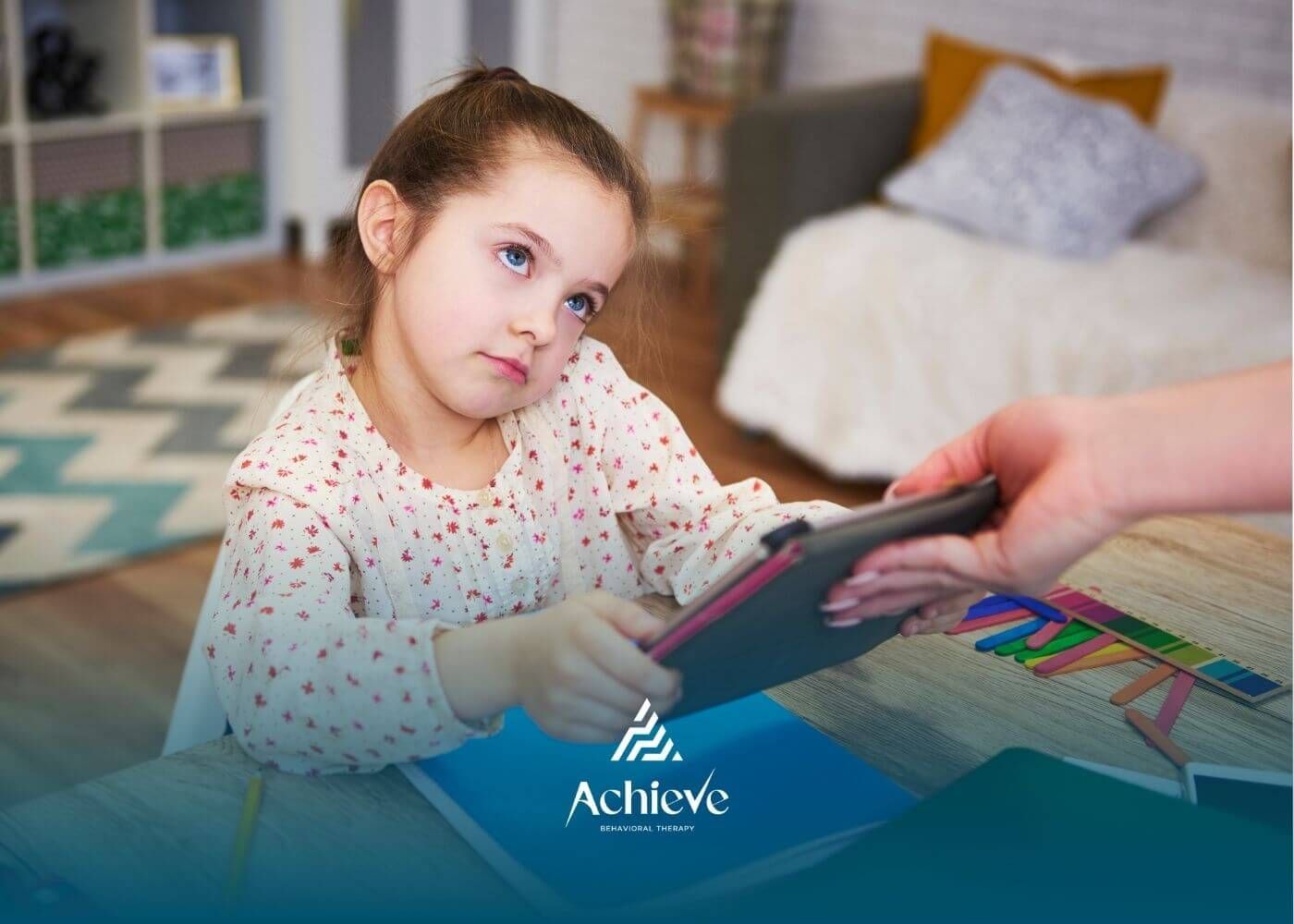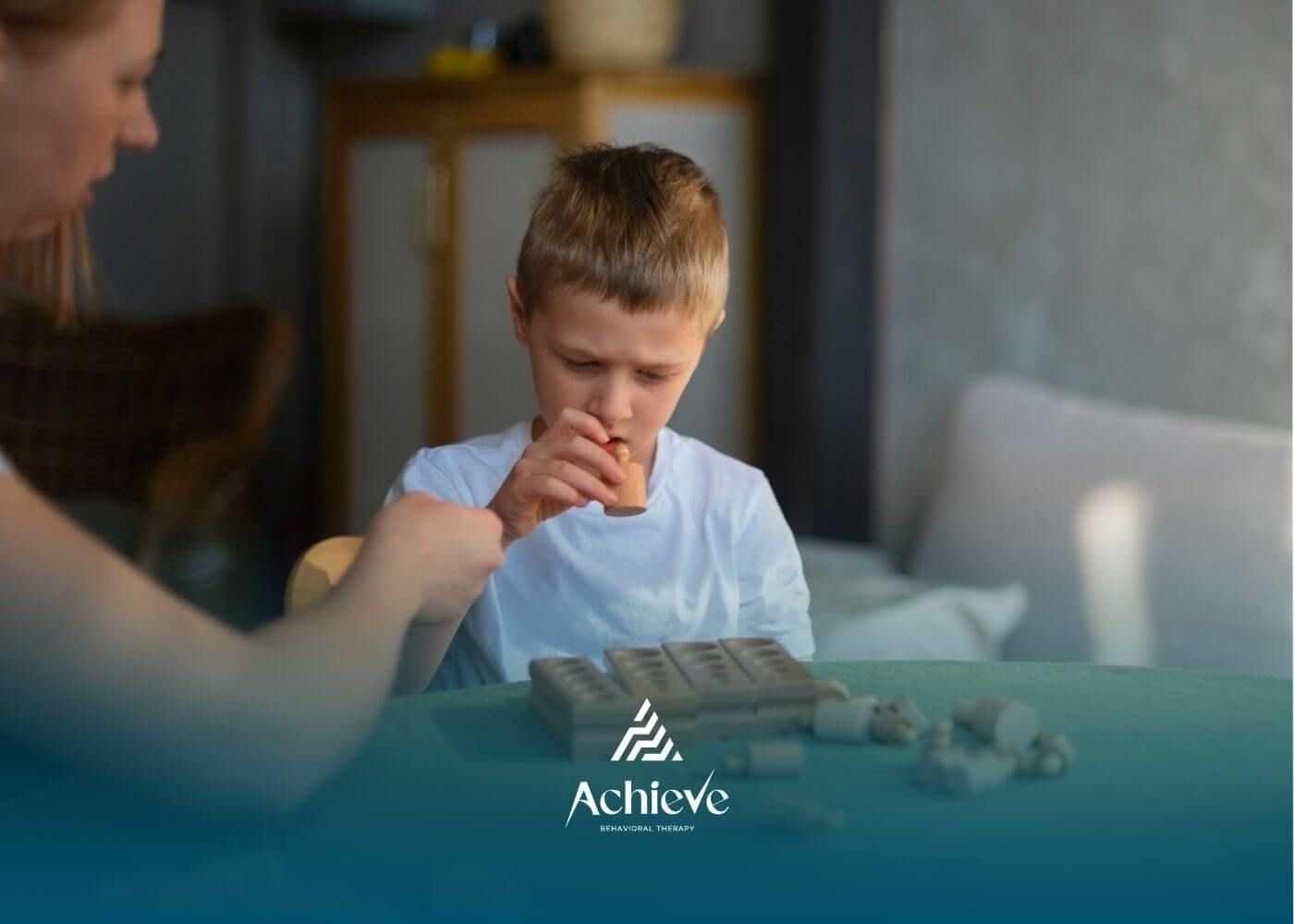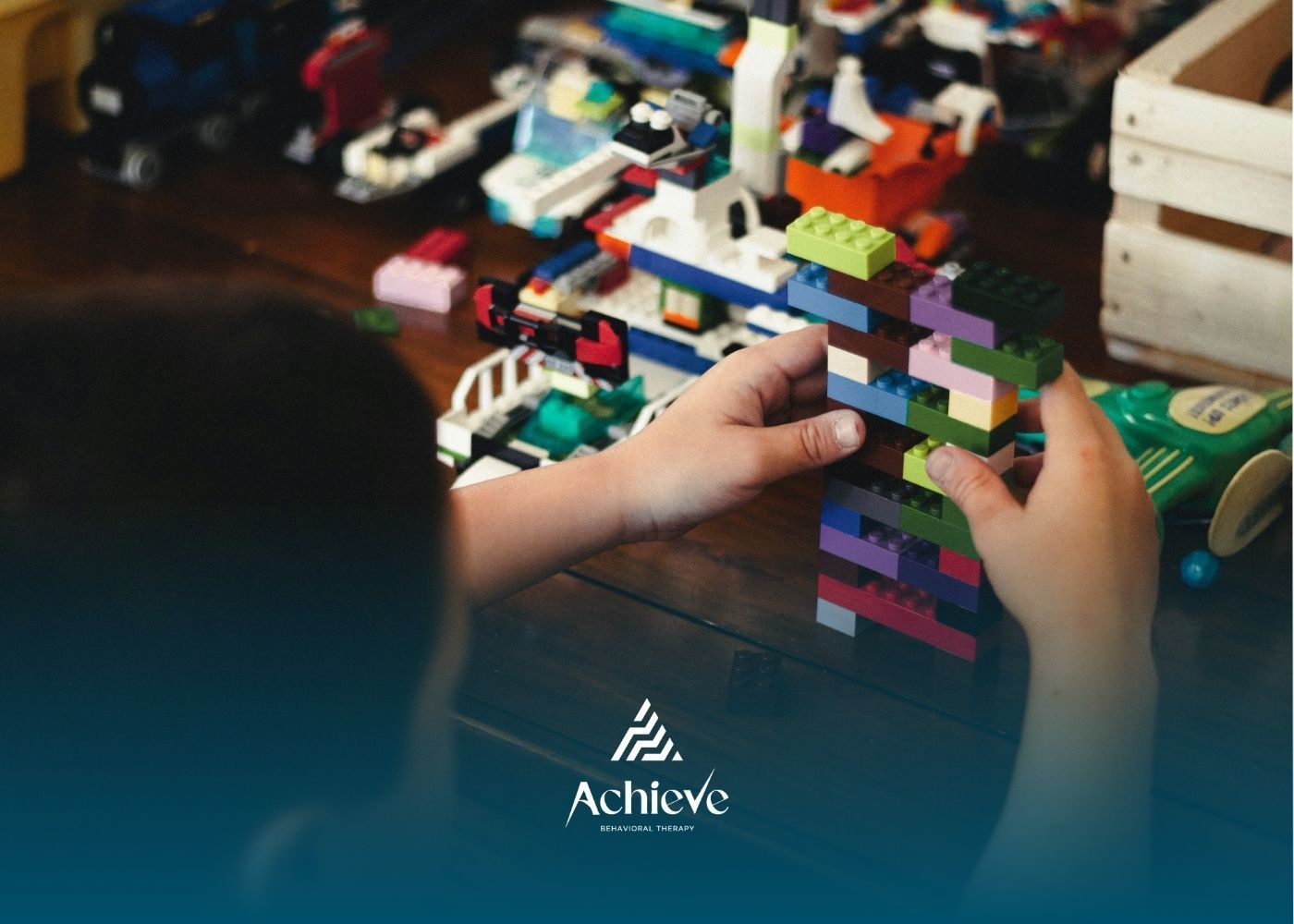Navigating School-Based ABA Therapy for Students
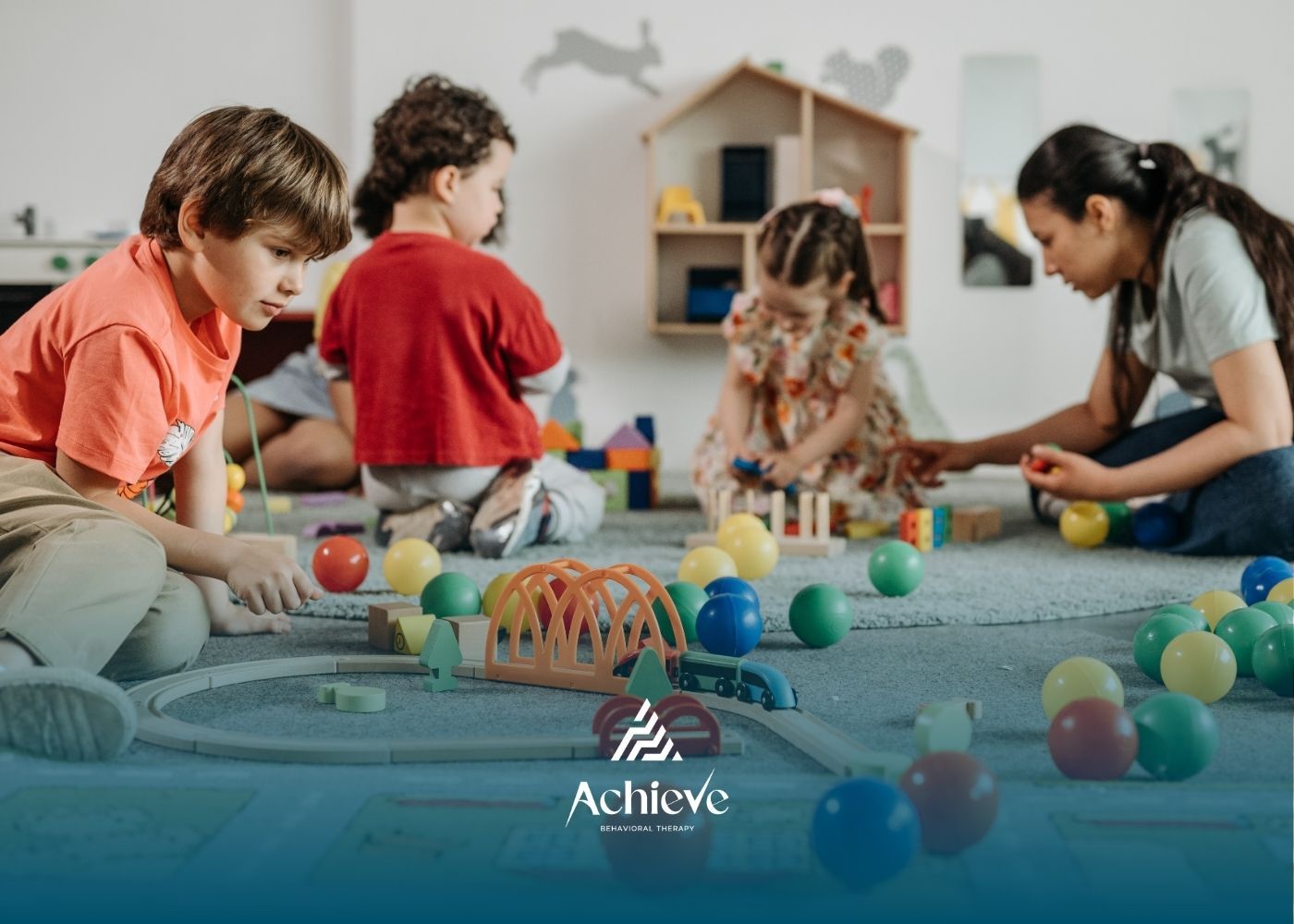
Applied Behavior Analysis, or ABA therapy, is a common way to help with behavior issues. In schools, there is something called school-based ABA therapy. This uses behavior analysis right in the classroom or other educational setting, addressing classroom behavior. The focus is on helping each child with special needs, like those with autism, to reach their own behavioral goals and improve learning.
ABA techniques are used to help students learn new skills. They also help with social skills and learning tasks that might be hard. With this kind of support in a variety of capacities within an educational setting, children get what they need to learn and grow. A classroom using ABA therapy is both structured and caring. This makes it a good place for all students to improve and find success.
Understanding School-Based ABA Therapy
Behavior analysis is the base of ABA therapy, which is rooted in the experimental analysis of behavior. It is very important for helping students who are on the autism spectrum do better in schools. School-based ABA therapy, often informed by Behavior Analysis International guidelines, helps students with special needs learn important skills. It also works to lower any behavior that might stop a child from learning. This way, kids are more likely to do well in school and with other people.
Each therapy session is made to fit the needs of each child. We implement a personalized approach to ensure the main goal is to help them behave better and to grow. The sessions also work on any specific problem the student faces, including providing additional services tailored to their unique challenges. Because of this, students with autism can fit into classrooms more easily and have a better chance to succeed.
What Is Applied Behavior Analysis (ABA) in the School Setting?
Applied behavior analysis is used in the school setting to help students do better with their behavior and learning. It looks at behavior and uses methods that work to guide students. The goal is to help students show more good behaviors and less challenging ones. In educational environments, these steps are made to fit each student’s individual needs. The support is structured so that all students can do their best.
Key Components of School-Based ABA Programs
School-based ABA programs use proven aba strategies to help students well. The main parts are:
Functional Behavior Assessments (FBAs): Therapists find out what sets off challenging behaviors and make plans for each student.
- Positive reinforcement: Students get rewards when they show the right behaviors.
- Data collection: Staff keep track of progress closely so they can adjust what they do if needed.
- Skill acquisition plans: There are clear steps to help students learn important tasks, one at a time.
- Together, these steps and teaching styles shape support to fit each student. For example, Discrete Trial Training (DTT) is a way to divide difficult behaviors into small tasks that students can learn.
These ABA programs also bring together ABA experts, teachers, and parents, so everyone works toward the same goals. This teamwork makes sure aba strategies, like skill acquisition and positive reinforcement, work for what students need most. Then, students can do well at school, no matter the challenging behaviors they may face.
How ABA Therapy Is Implemented in Schools
ABA therapy is done by trained people who bring helpful ways of teaching into educational environments. ABA therapists work together with school staff and teachers. They also work with others in the school district to make sure that aba therapy matches the rules and practices in the area.
The aba therapists make plans for each student and change their ways to fit specific challenges that happen during the school day. By working on both learning and behavioral goals at the same time, aba therapy becomes an important part of the classroom. This helps all students and is especially useful for those with autism spectrum or autism spectrum disorder.
Collaboration Between ABA Therapists, Teachers, and School Staff
ABA therapists, teachers, and school staff all work together to create a supportive learning environment. Each person on the team has their own job, but when they come together and share ideas, it really helps students do better in school.
| Role | Key Contributions |
|---|---|
| ABA Therapists | Make behavior plans, work one-on-one with students, and watch how they do over time, providing valuable insights into their progress, which supports the generalization of skills. |
| Teachers | Change lesson plans by using aba strategies, and help everyone feel included in the classroom. |
| School Staff | Handle planning needs, give feedback, and help make sure all students feel like they belong. |
Working as a team helps give students individualized learning that fits their needs. It makes sure they can do well not just in class, but in other places, too. When everyone agrees on what is best for the student, that student has a better chance to grow both school-wise and socially, thanks to a holistic support system and positive learning environment.
Integrating ABA Strategies Into the Classroom Environment
Using ABA techniques in the classroom setting can help turn the room into a nice and lively place where students want to learn, contributing to their overall social success. This holistic approach allows therapists and teachers to work together using clear steps for behavior management and to help build up different skills.
With things like token economies, students can earn rewards for showing positive behavior. This helps them want to stay on track. Activities that use other children really help with better peer relationships. If problems come up with student behavior, teachers and staff can use advance praise and rewards to stop bigger issues before they start, which also makes moving from one activity to the next much easier.
ABA can help kids make friends and work together. It lets them join in more with others, while still reaching their school goals. This way, everyone learns in a space that helps them get better at skills that fit real-life school situations.
Conclusion
To sum up, school-based ABA therapy takes a comprehensive approach to help students with different needs by making the learning environment more welcoming and helpful, thereby maximizing student learning. With the right plans made for each student and by getting school staff, teachers, and therapists to work together, these programs make learning better for everyone. They also help each student build on what they can do best. The good things about aba therapy are not just about school work. It is also great for building social skills and helping students control their feelings. If you want to know how aba therapy can help your child, you can ask for a free talk with us. The path to your child's success begins with getting the right help and support in school.
Achieve Behavioral Therapy leads the way in New Jersey and North Carolina by providing school-based ABA support that helps students succeed academically and socially. Our team partners with educators and families to create programs that fit seamlessly into the classroom. Choose Achieve Behavioral Therapy today and give your child the support they need to thrive in school and beyond.
Frequently Asked Questions
What are the main benefits of school-based ABA therapy for students?
ABA therapy helps students with autism spectrum disorder in many ways. It works to boost their social skills, academic performance, and how they behave. The way this therapy is set up helps kids grow in clear ways. It also helps them feel more sure of themselves and do more on their own when they are at school. This can make school a better place for them to learn and be with other people.
How does ABA therapy support individualized learning in schools?
ABA strategies look at what each child needs and help work out what can help most. In an educational setting, aba therapy breaks down bigger goals into manageable steps. This way, each plan is made to fit clear goals that will help the child in both learning and behavior. This helps them grow and do well.
Can ABA therapy be used alongside other educational interventions?
Yes, ABA therapy works well with special education, physical therapy, and other help that is given in public schools to ensure students receive a free appropriate public education. When people work together, they can give all students a good and full way to get what they need.
Need Support?
We're Here to Help!
Our experienced team is ready to assist you. Reach out today to discuss how we can support your child's development and well-being.
Get started with expert ABA therapy today.



